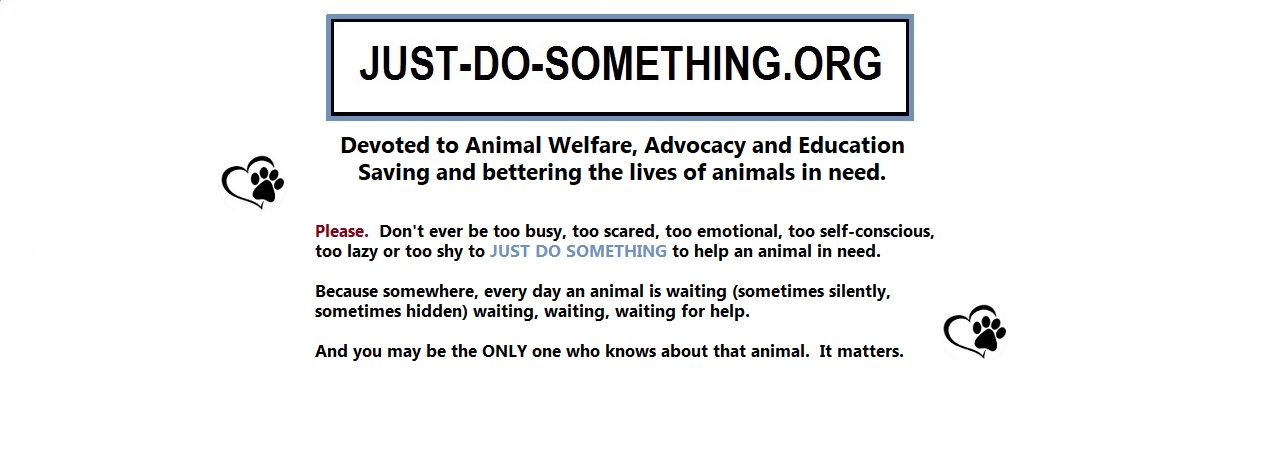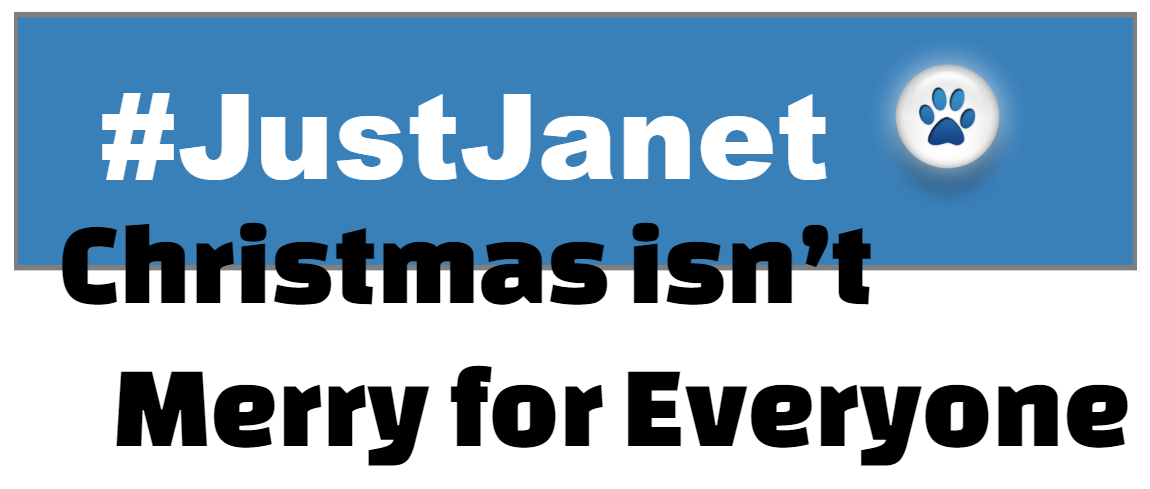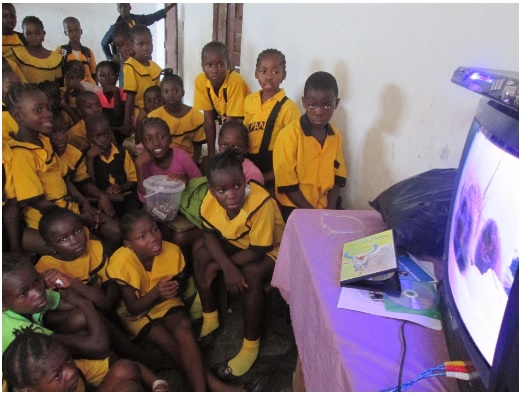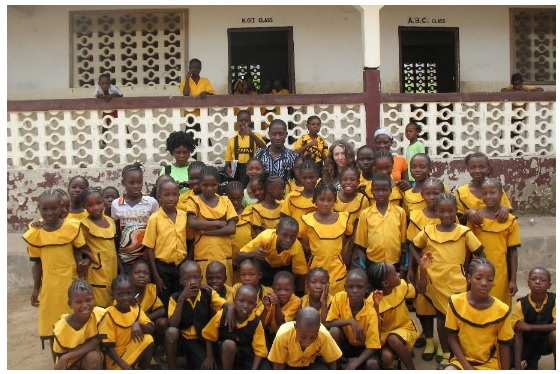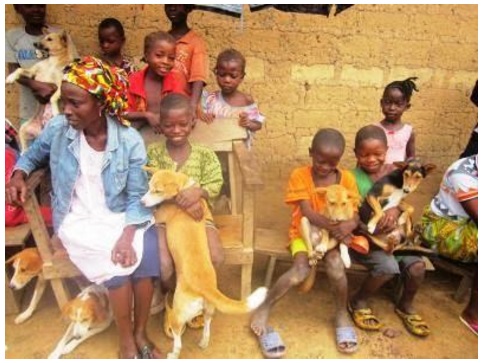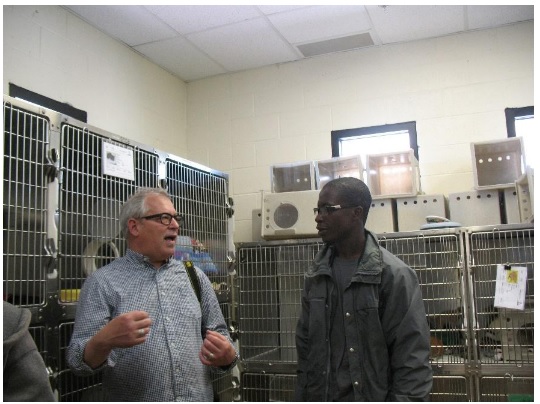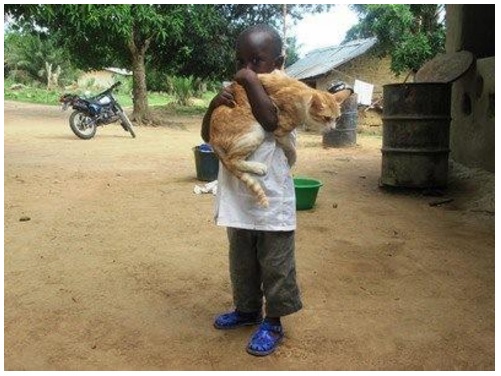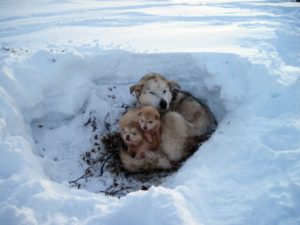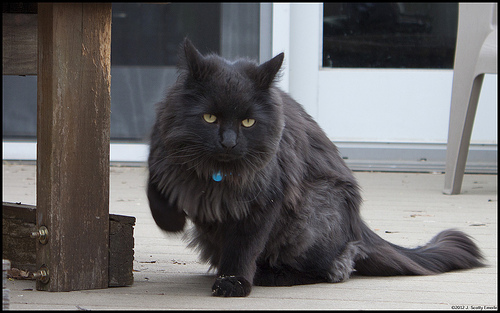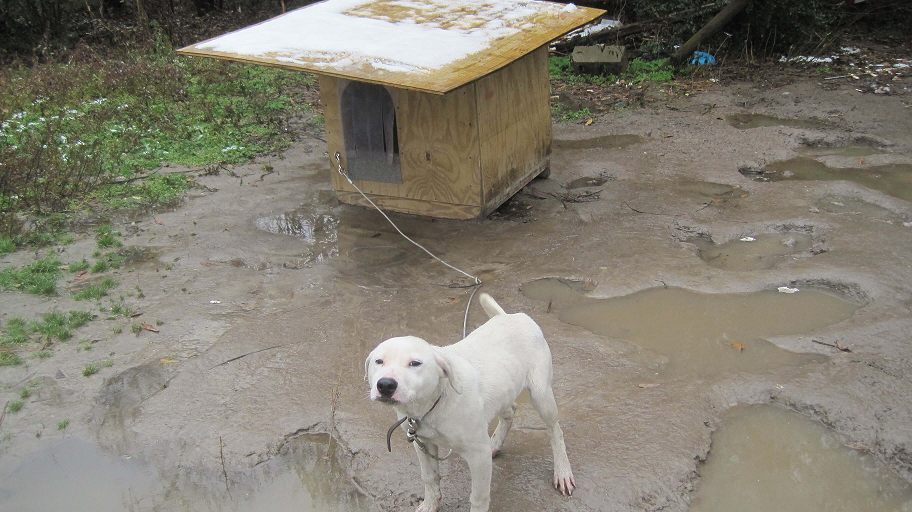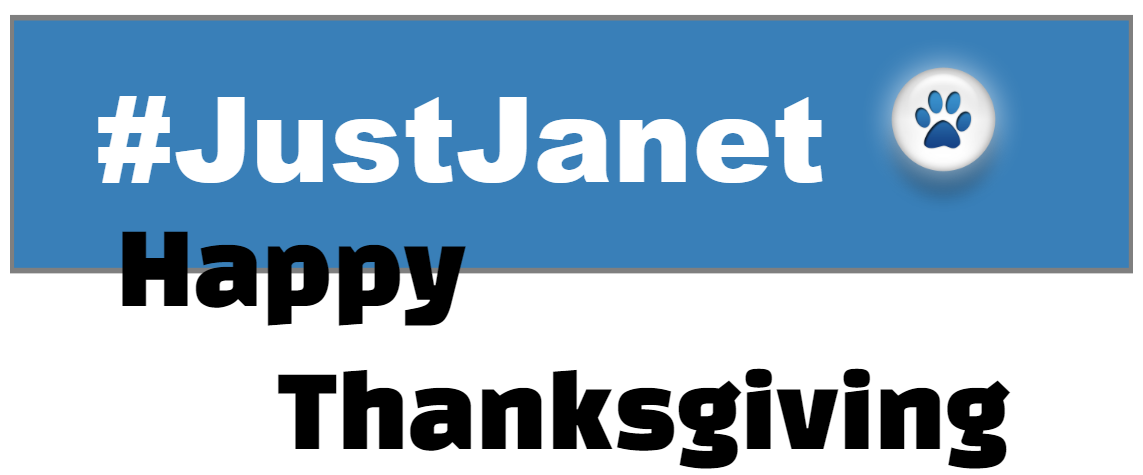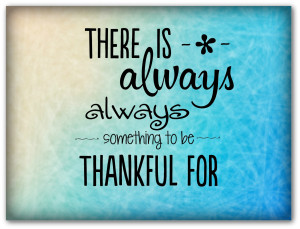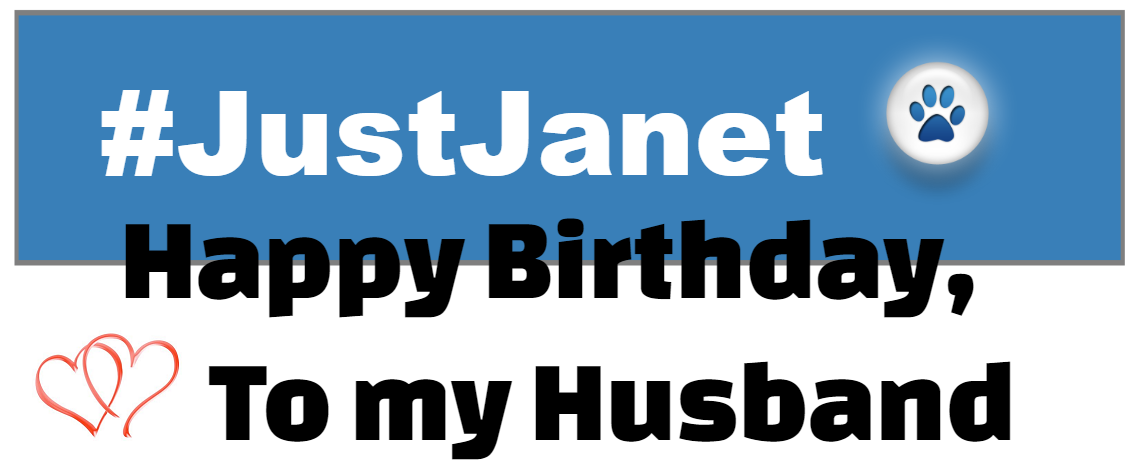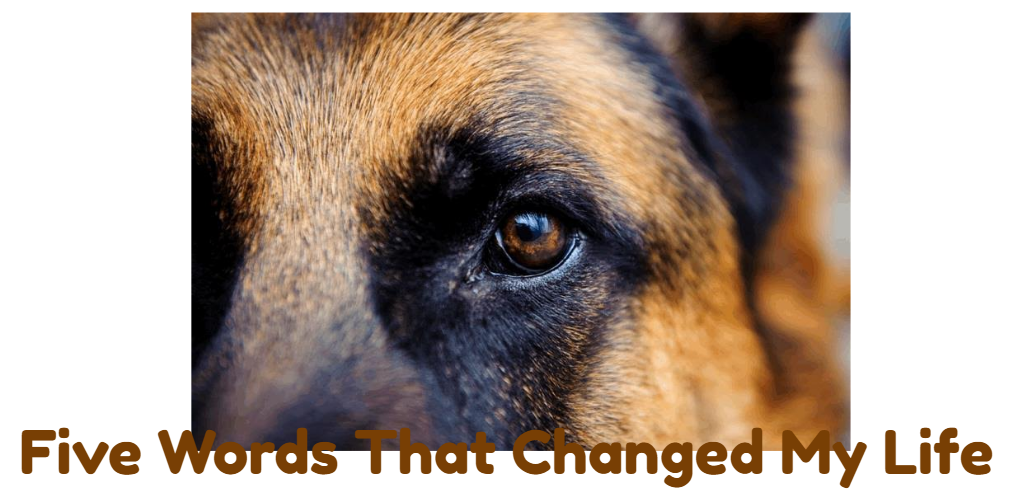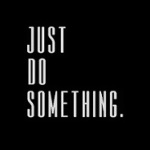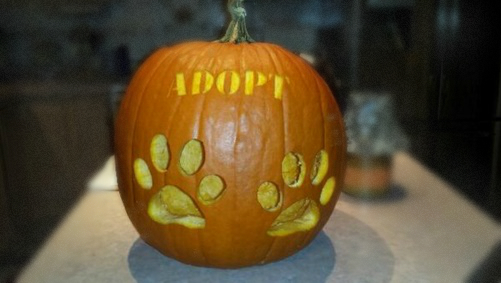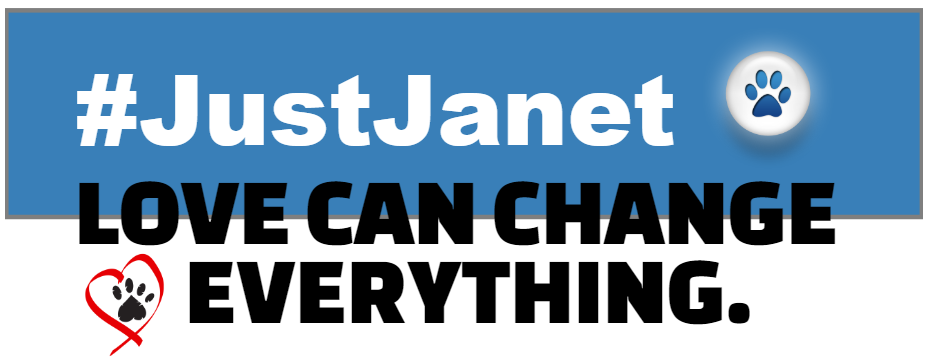
For the past year, I have seen them happily walking around our area. A man, a woman, and a few cute dogs. They look like every other couple who owns family pets as they make their way down the street during all kinds of weather, at all times of the day – except for one thing.
One of those cute dogs is buckled into a wheelchair.
It’s a curious thing, because not everyone has the opportunity, or the desire, to meet a challenged pet.
One of the great things about me is that I am not shy. Which comes in VERY handy when you fight the good fight for animals in need. My lack of shyness and willingness to reach out also comes in handy when it comes to wanting to share someone’s story. Like Benny’s story.
I was able to meet Benny, his parents (John and Jan), and his other four-legged brothers and sisters one sunny afternoon, when I sat down with them to hear Benny’s story.
Benny wasn’t always paralyzed. About four year ago, he developed a back injury with two compressed discs that left him unable to use his hind legs. His back injury was not the result of neglect, but instead something that simply happened, in part, due to the type of breed that Benny is and the back structure that he has.
The type of paralysis that Benny had could have spread towards his head and neck. This would have killed him.
Instead, the paralysis crept to his lower half, leaving Benny unable to move his legs, wag his tail, or feel anything past his lower back. And, as if that wasn’t challenging enough, Benny was unable to urinate on his own, or even feel when he needed to go to the bathroom.
When Benny was first exhibiting signs of pain, they took him in for a vet visit, and discovered his back injury.
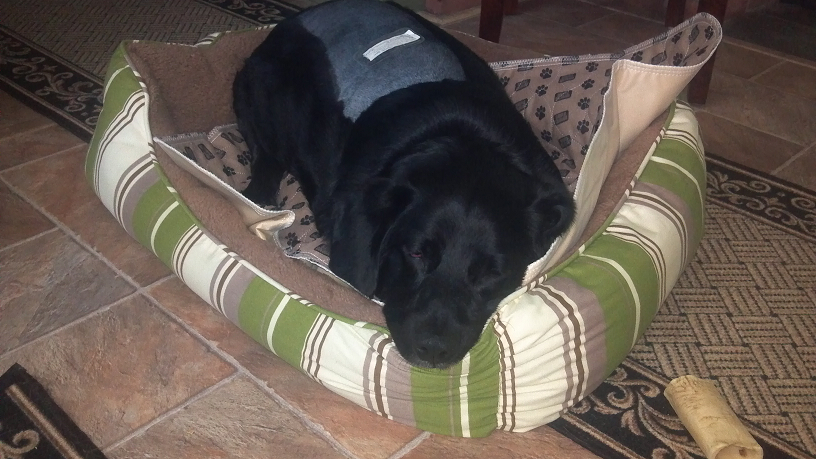
Benny, back shaved and convalescing at home.
Due to the severity of this type of injury, they knew very quickly that Benny would not recover without his walking being severely compromised.
Their very first priority was pain management, followed by physical therapy treatments. In addition, they needed to become experts at learning how to express Benny’s bladder so that he could be relieved of urine that he could not expel himself.
Summing up that kind of care in a few sentences does not remotely describe the many months it took to get Benny to the point where he was back to living a quality life, enjoying the things he used to.
In speaking with John and Jan, one of the topics that highly interested me was that many people seemed afraid of Benny because he is in a wheelchair. I guess, as with humans, when we see someone who looks or acts differently, it’s sometimes human nature to stare or wonder, but rarely does anyone walk up to that person and ask them what their story is. And many times, people are afraid of those that look or act differently; sometimes because of a thought or stigma, and sometimes for no good reason. It can be the same for animals who are challenged. You’re curious, but, it is okay to ask?
Here’s my take (and only my take) on that. Yes, if you are coming from a good place, it is always okay to ask after a challenged pet. Many times, pet owners are happy to share their story and experience. And, someone else’s experience could very well be the experience to help another animal in need and/or motivate someone else to Just Do Something.
So, here are some of the questions, answered:
- Was Benny sad when this happened, and is he depressed now?
- Benny was a little quieter than normal during the time when he was dealing with the pain from his back injury. He laid low for a while while he was recovering in terms of physical activity and wanting to do all the things he used to do. However in all that time, his good-natured spirit and happiness were always at the surface, and he never showed signs of depression from his experience or situation. When I met Benny, he was very bubbly, and very excited to meet a new friend, and he was bursting with enthusiasm when it was time to show me how he gets into his wheelchair and uses it outside.
- Do the other pets in the house treat Benny differently now?
- John and Jan says that things are the same with everyone in the house now, as they were before Benny’s back injury. We were all in the same room together, and it was business as usual, which included everyone asking for pets and treats.
- How does Benny get around without his wheelchair?
- Benny drags his hindquarters on the floor by his front limb and paws. He has developed stronger muscles in his front limbs because of this. He moves around easily and does it quietly.
- Can Benny feel anything in his lower extremities?
- He can feel pressure now, and he can feel things like gentle tickling. He does not feel any pain in the areas affected by the paralysis, but he feels things as a non-paralyzed dog would feel every place else. His back injury no longer causes him any pain because the injury site has healed, even though the healing did not restore use of his lower extremities. Happily, Benny is starting to move his tail a little now, so wagging is coming back!
- What do Benny’s lower limbs look and feel like?
- Benny’s looks like any other dog. His paralyzed hind limbs are now, naturally, less muscular than his front limbs from lack of use (part of the effects of being paralyzed), but his legs, and tail, look and feel just like a non-paralyzed dog’s limbs. When you pet Benny, on any part of him, his fur is soft and thick, and his back legs feel just like his front legs. He does not mind being petted on his paralyzed parts; he will watch you so he knows what you are doing.

Benny at home.
- How does Benny go to the bathroom?
- John and Jan keep track of the clock, so Benny has regular trips outside to expel his urine, which is needed to maintain his health. Instead of catheterizing Benny’s bladder, which can lead to urinary tract infections, they learned how to express his bladder manually (with training from their vet). It goes something like this: you straddle Benny (standing over him), and place both hands with fingers curled on either side of Benny’s lower abdomen, where his bladder sits. Then, using a gentle upwards, pressing motion with both hands at the same time, you gently press up and in to squeeze his bladder so the urine squirts out through his penis. It doesn’t hurt Benny, and he will stand there until you are done, and then he’s off and running again.
- Having a bowl movement is a little more tricky, because you can’t express the bowel. And Benny cannot always tell you when he needs to poop until it just starts happening naturally. He will lift his tail right before the moment strikes to signal you something is happening back there. Benny is watched carefully on his feeding schedule so John and Jan know when most bowel movements are expected. But yes, Benny does have bowel accidents in the house, which are to be expected from time to time, and they are cleaned up matter of fact. Benny does not smell like pee or poop, and you would not know that he needs help voiding unless someone told you.

Expressing Benny’s bladder.
- How does Benny get into his wheelchair?
- Can Benny be left alone?
- Benny can be left alone for short periods, but his bathroom breaks are very important and cannot be missed or put off. His health depends on it. But, Benny does not have any anxiety or separation issues when it comes to being home without John or Jan.
- Will Benny die early from his current situation?
- No. Benny’s back injury has healed past the dangerous point. Benny is healthy and his paralysis is not spreading. Benny is showing some signs of being able to move one of back paws, which is a good thing! But – Benny will always be paralyzed.
Shortly after Benny’s back injury, he developed a potentially fatal condition called Megasophagus. In many ways, this condition has been even more challenging and frightening than his paralysis.
There are many animals just like Benny, who become gravely ill or injured to the point of a total life change, but still have a good future ahead of them with time and care. Unfortunately, tragically, and sadly, many pet owners will not commit to their pet once illness or injury happens. These are the people that dump/abandon their pets, drop them off at shelters, and/or have them euthanized. For them, illness or injury is not an option. It’s an inconvenience, and that becomes a death sentence for that animal.
There are no statistics available on the percentage of people who dump, drop or kill their family pets because of just this reason, but with over 7 million animals PER YEAR in shelters across the continental United States, you can bet that the percentage of droppers is very, very high. And, know that 7 + million does not take into consideration the numbers of animals associated with those who dump/abandon or kill their pet for the very same reason.
Benny’s situation has been life altering, and life consuming. It has “cost” John and Jan money and their free/personal time. But the price for this cost? Benny is well, happy and ALIVE.
Not once, during any moment, did it occur to John and Jan to do anything other than everything, in order to take care of Benny. Why? Because John and Jan are those kind of people; the loving kind. The kind of people where your pet is your family. For life.

Benny is FAST!
If I didn’t stop John and Jan to ask about Benny, I would have never heard Benny’s story. I would have never met such a wonderful family, where I came away not only feeling grateful that Benny has such an extraordinary, happy life, but also feeling inspired and in awe of what John and Jan both have done for Benny to make that happen.
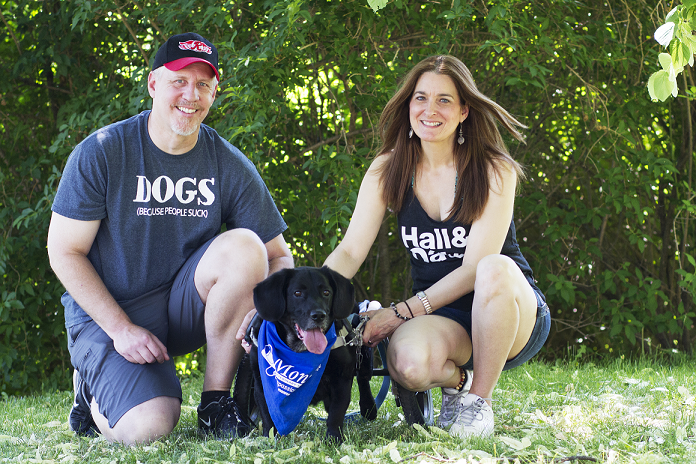
Benny, John and Jan
Not everyone is as gracious to their pets. How incredibly lucky those animals are that have owners with huge hearts who knows that love can change everything. Benny is proof of that.
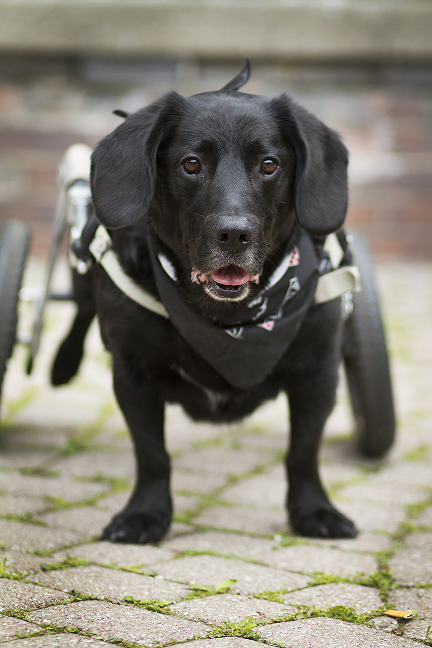
Because love can change everything
John and Jan are helping to give back to the pet lover community by establishing an on-line community for Pet lovers, Pet-Related Service Providers, and Shelters.
Read more here: Chatting Pets.

If you are dealing with a challenging pet health situation, always start with your private vet first. Need more information or help? Let us know, and we’ll do our best to help you with resources.

